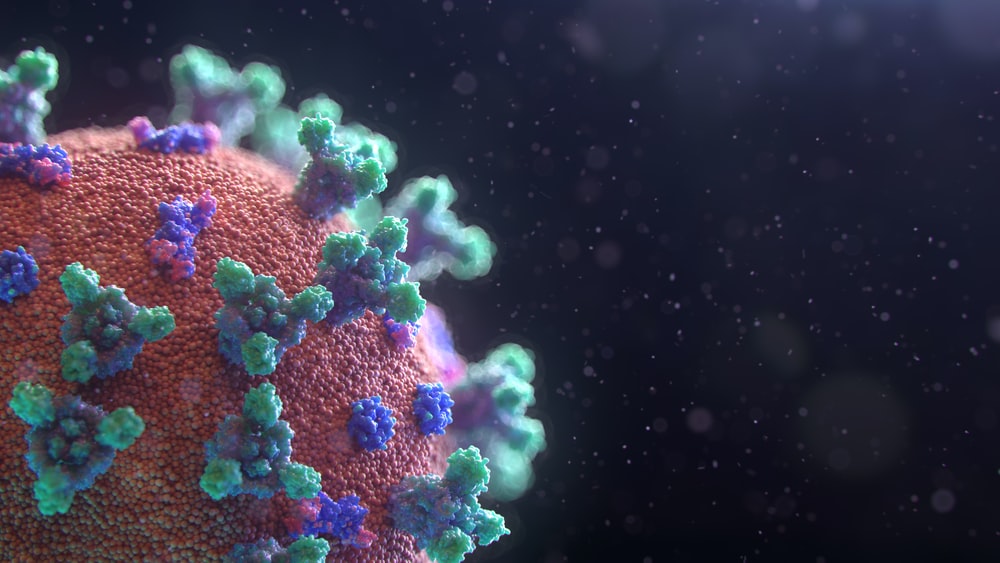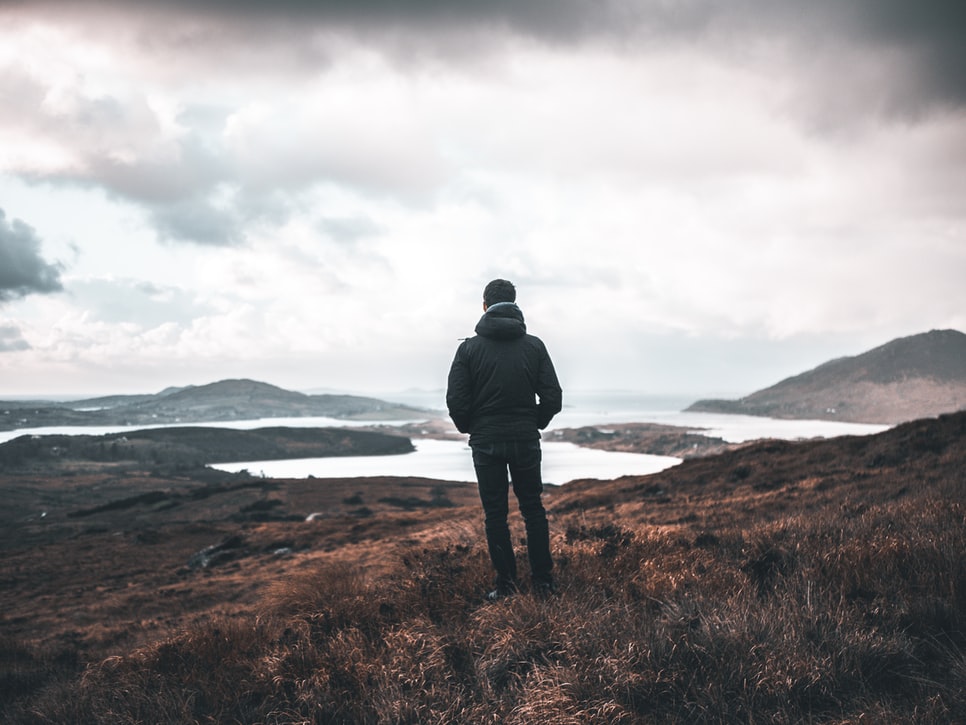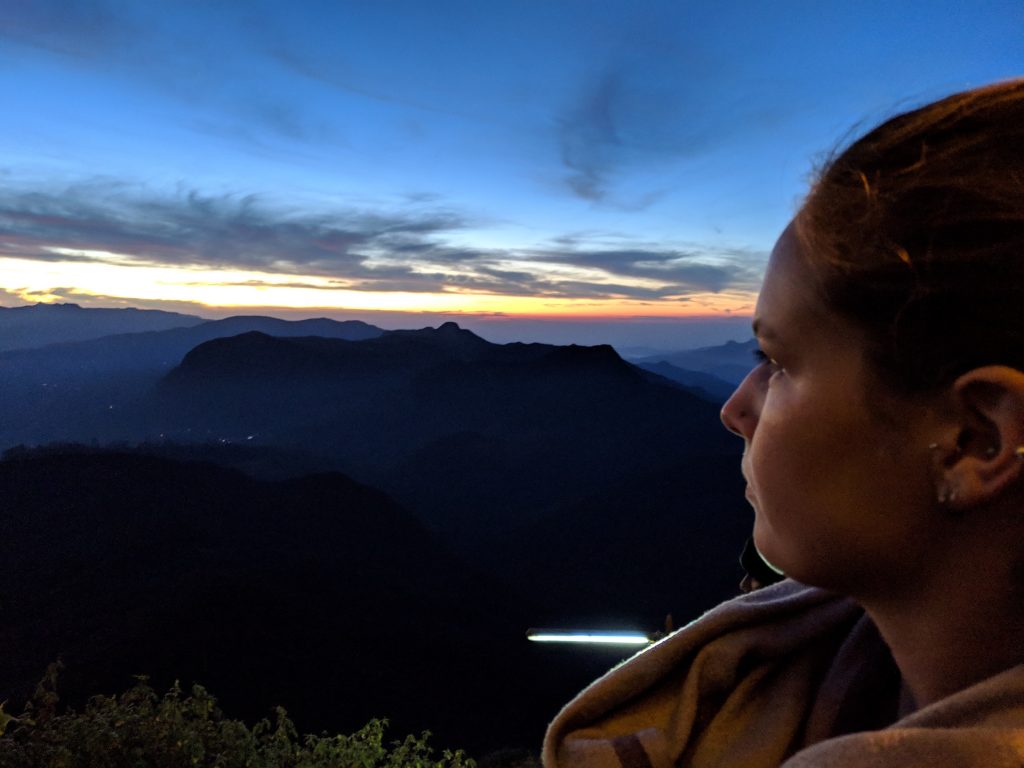Seeking “Ssshhh”
“Ssshhh.” Something deeper awaits us at the still, center point, something primordially embodied and profoundly spiritual. It breathes us into being. It blesses us as part of a cosmic “We.” It is the quietude borne of creation’s song, the spiritual sojourner’s taproot, and Earth’s primary language of love. It is hummed, buzzed, chanted, and howled in the native tongue of other-than-human kin. Without creation’s sacred mantram, humanity weeps, soulless and despondent, spiritual zombies cut off from the web of life. Without communal quietude, creation’s expansive stillness is lost to the wider “We.”
It has been one year since the 2020 derecho decimated this part of the Heartland. The 90,000 sq. mile swath of intense, sustained winds devastated over 65% of the mature tree canopy in the Cedar Rapids corridor. Immediately following the storm, a deadened void enveloped us. The horrifying wake had created an area-wide arboreal hospice bereft of nature’s symphony. Normally, this Midwestern oasis thrums with a vibrant natural chorus, but the derecho’s immediate aftermath felt like a nightmarish, silent scream. Centuries-old arbor elders were uprooted and mangled, causing massive eco-system upheaval. Our collective animate soul withered. It felt like a massacre, one that required sacred space for ritualized grieving. What we experienced instead was a tempestuous cacophony, the onslaught of capital N – NOISE.
The perennial presence of high-powered machinery besieged us for nearly a year while the roar of saws and chippers continued their grisly dismemberment. Quiet walks in the detritus fields were moonlight affairs, as we surrendered the daytime hours to the grinding of every visible stump and brush pile. It was an endless realm of the chainsaw, replacing “Who cooks for you?” owl-song with bone-grinding, industrial screech.
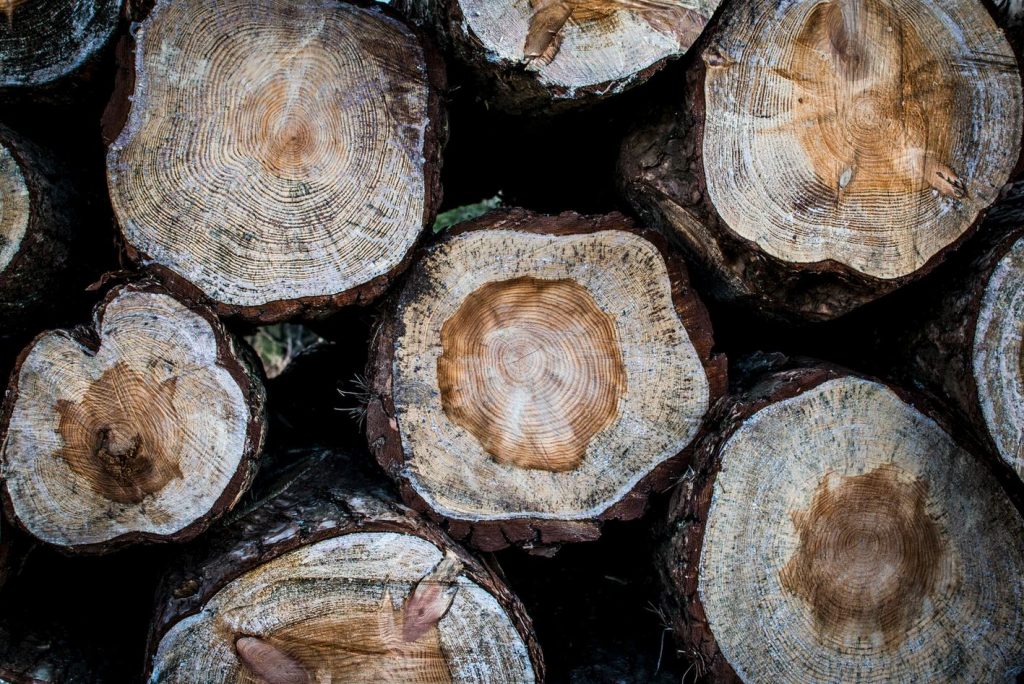
As the thundering racket of high ton capacity cranes, dozers and excavators finally ebbed, spring offered the rhythmic calm of a soothing embrace. A gentle respiratory exchange animated the magnificent dance, breathing in, breathing out, through tremulous bent-over hickories and resurgent maples. A healing impulse stirred in the prairie breezes whirring through the surviving shredded pines and the strangely muted pin oaks. The sweet song of the cardinal and goldfinch and the mesmerizing cadence of cicadas and bullfrogs began their joyful swell. Softly, soulfully, the gentle melody summoned Earth from her slumber and buoyed us from our spiritual malaise. Dandelions pirouetted with springtime’s whoosh of butterflies ascending on a balletic breeze. Earth’s quietude was re-emerging without fanfare, and it felt like the healing balm of Gilead.
One lesson we learned from the derecho was how much we need the quietude of creation. Even without the trauma of screeching and pounding during a protracted clean-up from a natural disaster, we are immersed in normalized soundscape mayhem. Decibels (dBs) mark the increments of the crescendo of auditory assault. A soft whisper is at about 30 dB, a loud rock concert might be 120 dB (about the same as a crack of thunder), and a jet engine around 150 dB. Fireworks are about 150-175 dB. 150 dB is said to be the threshold for causing human deafness, and 185-200 dB is said to be the threshold for human death.1 What is our communal global threshold? What does human noise pollution do to the wider “We?”
Many have lamented the desecration of Earth’s quiet places, the communal natural sanctuaries where quietude is revered.2 Noise pollution and its effects on humanity is widely documented.3 Sleep disorders, stress, muscular, pulmonary, and neurological maladies are evident when excessive noise (exceeding 45 decibels) dominates human perception.4 Our land and ocean-dwelling wild-kin also suffer egregiously when human noise interferes with communication, altering a sense of location, group identification, reproductive health, food availability and habitat suitability.5 Noise pollution poses grave threats to the inter-breathing, inter-dependent denizens of the biosphere and the blue marble’s pacific ethos. How might we relearn the art of creation’s hushed lullaby?
In the liminal space of one global spin, sacred soundscape serenades its whirling. Sunrise silently proclaims “Hallelujah!” for a fragile planet suspended in the last moment of its receding darkness. Sunset is a Great Amen, the final “Thanks!” for the day’s exquisite joys. Two sacred moments of each day summon us to quietude, one to awaken us to purpose and desire, one to swaddle us with gratitude and contentment. Quietude itself is the riveting fermata of a day’s journey. Access to quietude is a communal spiritual need, and with good reason: we require its healing energy to stimulate our passion for creativity and connection. It is the foundational allurement and repository of meaningful relationship, of love, respect and intimacy. It is perhaps an essential elixir for the spiritual sojourner.
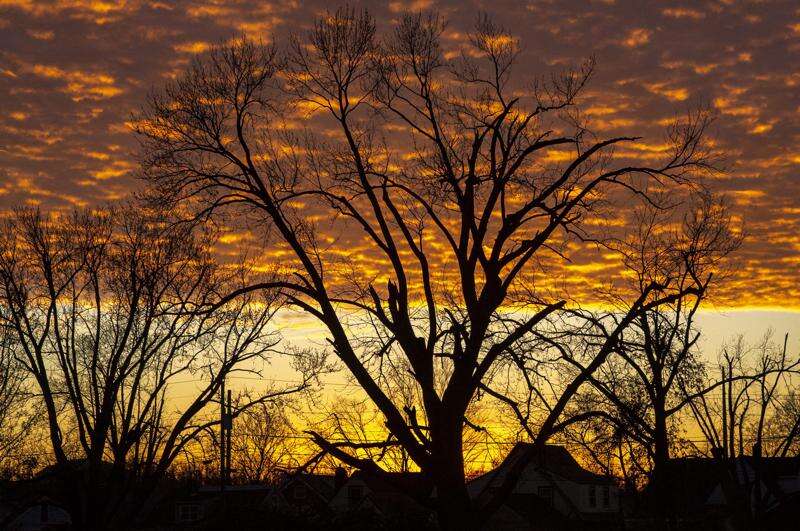
Quietude often enshrines moments of heightened spiritual awareness, especially in our encounters with the Mystery we know as Love. Witness Moses and the burning bush (Exod. 3:1-5), or the “small, whispering sound” that drew the prophet Elijah (1 Kgs.19:11-13). Quietude is an aperture for the Holy, as the Psalmist proclaimed, “Be still and know that I am God” (Ps. 46:10). Creation is not restricted space for prophets and saints alone to retreat into stillness. If we are to hear the cosmic refrain and the divine whisper, we must ensure that all are welcome in Earth’s cathedral. When we enter the quietude of creation, we embrace the quiet of our own interior soundscape. There we begin to learn this primary language of Love.
This is why we are seeking “Ssshhh,” especially in this time of the Great Turning, the global shift from a full-throttle Anthropocene to an emerging, post-human Symbiocene. Is quietude a communal spiritual good in this time of transition? The wider “We” insists that it is. Creation is awash in our noisy flotsam. We can’t breathe; we can’t catch our communal breath. Our reflective selves cannot calm, cannot settle, cannot breathe into the present moment with mindful awareness, so saturated are we with exterior and interior noise. Quietude heals and connects, as wizened guides in many indigenous spiritual and religious traditions have known for centuries. Western science is coming into this awareness only recently.6
Quietude stores potential energy; it is a pulsating pre-cursor to creativity and more complex union. We are longing for the quietude, craving it with every synapse of our over-stimulated, deafened and deadened sensorium. Creation cannot recover from our loud assault without a bit of hushed reverence. The dissonance of omnipresent noise is shredding the web of life. If we learn the art of Earth’s own expansive stillness, we may recover access to the still, center point where we are grounded, and where we are One. “Ssshhh.”
References
[1] “What Noises Cause Hearing Loss?” Centers for Disease Control and Prevention, National Center for Environmental Health, https://www.cdc.gov/nceh/hearing_loss/what_noises_cause_hearing_loss.html
[2] Terry Ward, “Discover the Planet’s Last Few ‘Naturally Quiet’ Places, National Geographic, June 17, 2020, https://www.nationalgeographic.com/travel/article/discover-the-planets-last-few-naturally-quiet-places
[3] “How Humans Are Polluting the World With Noise,” Deutsch Welle (DW.com), March 13, 2018, https://www.dw.com/en/how-humans-are-polluting-the-world-with-noise/a-42945885
[4] Clean Air Act Title IV Noise Pollution Overview, Environmental Protection Agency, https://www.epa.gov/clean-air-act-overview/clean-air-act-title-iv-noise-pollution
[5] Jaime Clifton-Ross, “Human-Created Noise Pollution Impacts Wildlife,” February 5, 2020, Nature Conservancy Canada, https://www.natureconservancy.ca/en/blog/human-created-noise-pollution.html; Linda S. Weilgart, Ph.D., “The Impact of Ocean Noise Pollution on Marine Biodiversity,” https://awionline.org/sites/default/files/uploads/documents/Weilgart_Biodiversity_2008-1238105851-10133.pdf
[6] Daniel A. Gross, “This is Your Brain on Silence,” August 21, 2014, https://nautil.us/issue/16/nothingness/this-is-your-brain-on-silence



